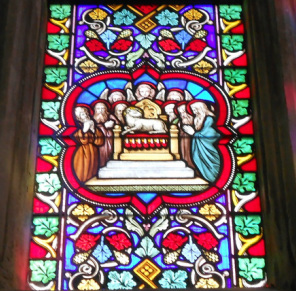
The morning Festal Eucharist was a fitting celebration. The music was superb; thanks especially to Francesca for her lovely solo, David on the organ, and Julian as Director. It was a particular joy to have two-year-old Henry up in the chancel with us, listening keenly to the music and occasionally joining in very softly. (However, the words to the Agnus Dei are not normally 'Miaow, miaow'!) The Easter Anthems was particularly moving, and several people subsequently commented on the setting and the way it was sung. Psalm 150 sung as a recessional was also greatly appreciated. Chocolate eggs and champagne, tea and biscuits, coffee and lovely cake followed the service and it was good that some of our visitors stayed on for this. What a shame that so many of our regulars, including most of the students, were not in town to worship and celebrate with us.
Festal Evensong was another memorable occasion (despite my attempts to lead the wrong set of versicles and responses). Sheppard's setting of 'Ye choirs of new Jerusalem' was tackled with appropriate verve and confidence, and the finale was Britten's setting of the Te Deum. Thanks to Eleanor W for another lovely solo, to Sean on the organ, and again to Julian. Easter Day closed with a real organ showpiece - presaging what's in store tomorrow in Sean's organ recital, perhaps.
Thanks to everyone who has worked so hard over the past term and the past week - not only the musicians, but also the servers, flower arrangers, those who keep the church clean and tidy, Annabel in the office, the bell-ringers, my ordained colleagues, those involved behind the scenes in administration, financial and practical tasks - and of course Emily and helpers in the coffee shop. Our resources both financial and in terms of people are very slender compared to the size of the building and the expectations of those who come, and it's a great credit to the church (in the sense of 'the people of God' in this place) that so much is achieved, and to such a standard.
After tomorrow's organ recital, we take things quietly. Little will be done in the next few days as we enjoy the festive period and rest for a while from church duties. Next Sunday will be much quieter; the choir has a break, and members of Holy Trinity Church will join us for the main morning service. Then the focus will move to the preparations for the Annual Meeting towards the end of the month.
At Evensong I read these verses by George Herbert; they're worth a closer look:
RIse heart; thy Lord is risen. Sing his praise
Without delayes,
Who takes thee by the hand, that thou likewise
With him mayst rise:
That, as his death calcined thee to dust,
His life may make thee gold, and much more, just.
Awake, my lute, and struggle for thy part
With all thy art.
The crosse taught all wood to resound his name,
Who bore the same.
His stretched sinews taught all strings what key
Is best to celebrate this most high day.
Consort both heart and lute, and twist a song
Pleasant and long:
Or, since all musick is but three parts vied
And multiplied,
O let thy blessed Spirit bear a part,
And make up our defects with his sweet art.
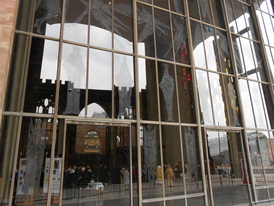
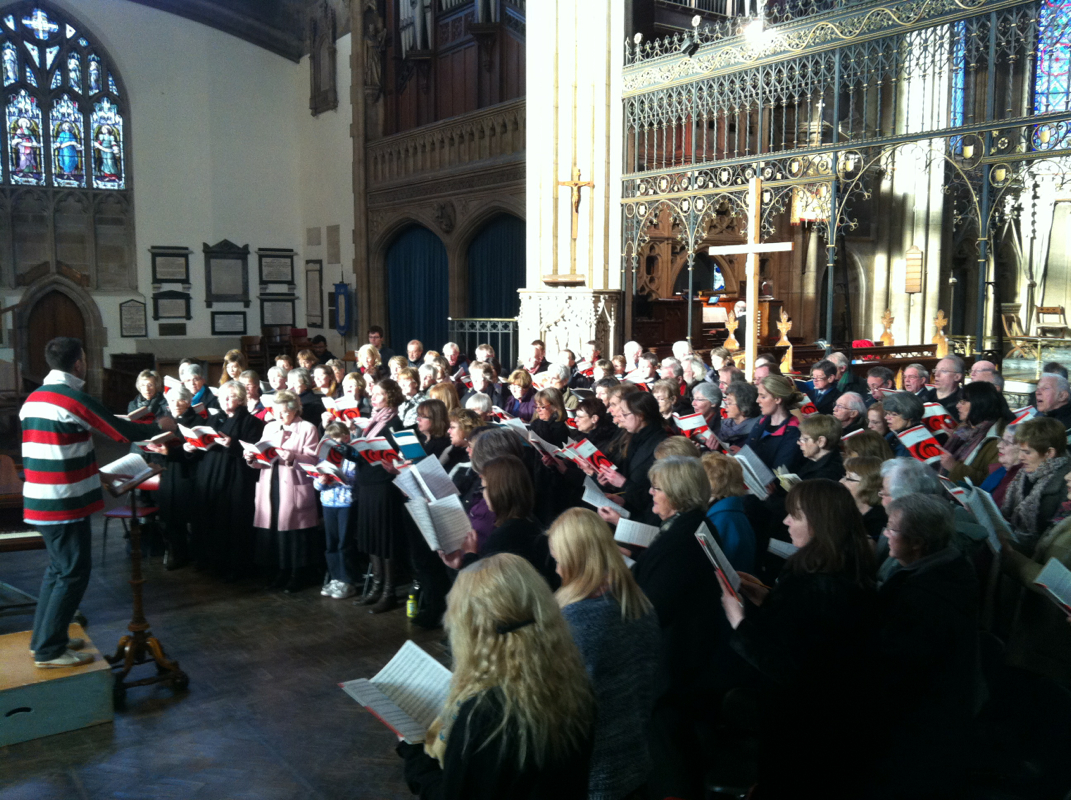
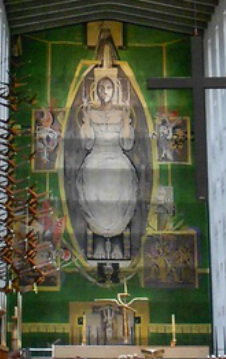
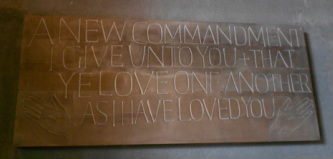
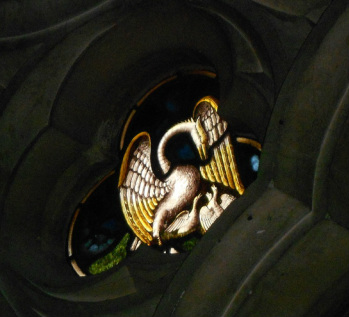
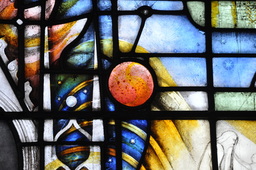
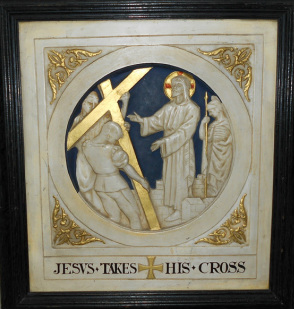
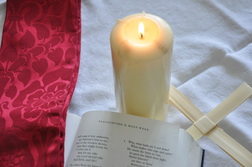
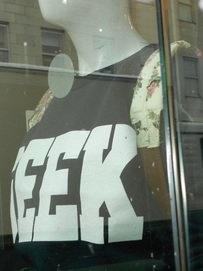
 RSS Feed
RSS Feed